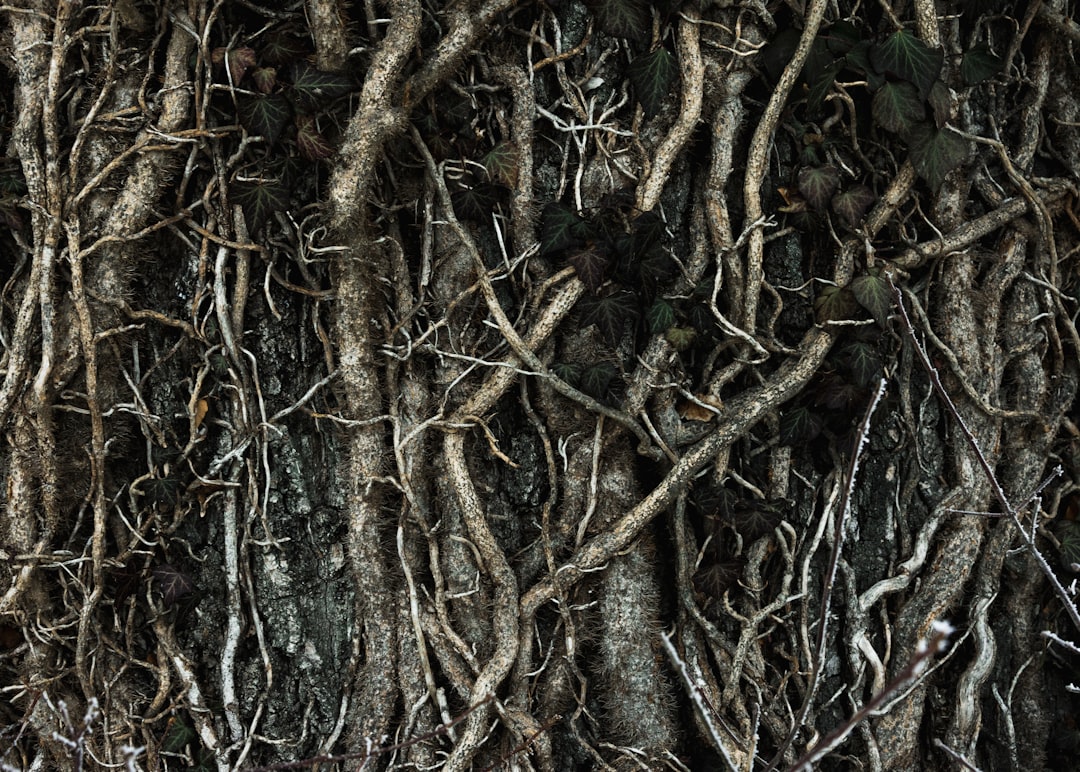What is it about?
Climate change affects the growth and yield of crops worldwide. This, in turn, threatens global food security. The United States is a global leader in food exports. Therefore, climate change effects in the US could have a large effect on global food supply. In this paper, the authors talk about crop productivity in terms of a concept called “yield gap.” The yield gap is the difference between estimated yield and actual yield. Using this concept, the authors examine how climate change is causing an increase in yield gaps for crops in the US. Optimum agricultural production depends on several factors. These include soil quality, weather, crop resilience, harvest time, and interactions with biological systems (like insects, weeds, and pathogens). The authors find that all these factors were affected by climate change in different degrees. They also find that poor land management also leads to low crop productivity. Together, these factors create a negative feedback loop, causing land degradation in the US. The authors suggest that innovative agricultural and land management practices must be used to make crops resistant to climate change. Such practices could make use of artificial intelligence, machine learning, and other modern tools.
Featured Image

Photo by Ant Rozetsky on Unsplash
Why is it important?
Climate change significantly affects crop production and food supply. Some of these effects are already visible in the US, the world’s largest food exporter. This could threaten food security on a global scale. This study explores how climate change is affecting crop productivity in the US. KEY TAKEAWAY: Yield gaps are expected to become wider due to climate change and land degradation. Sustainable agricultural practices need to be adopted and crop resistance should be improved. Instead of maximizing the production of a few crops, a wider variety of food crops should be grown.
Read the Original
This page is a summary of: Agronomic approach to understanding climate change and food security, Agronomy Journal, May 2021, Wiley,
DOI: 10.1002/agj2.20693.
You can read the full text:
Contributors
Be the first to contribute to this page










